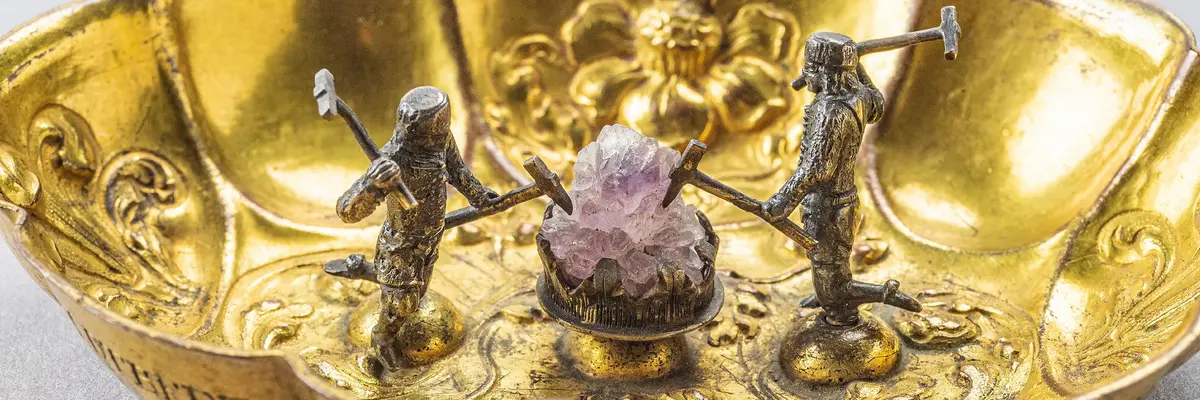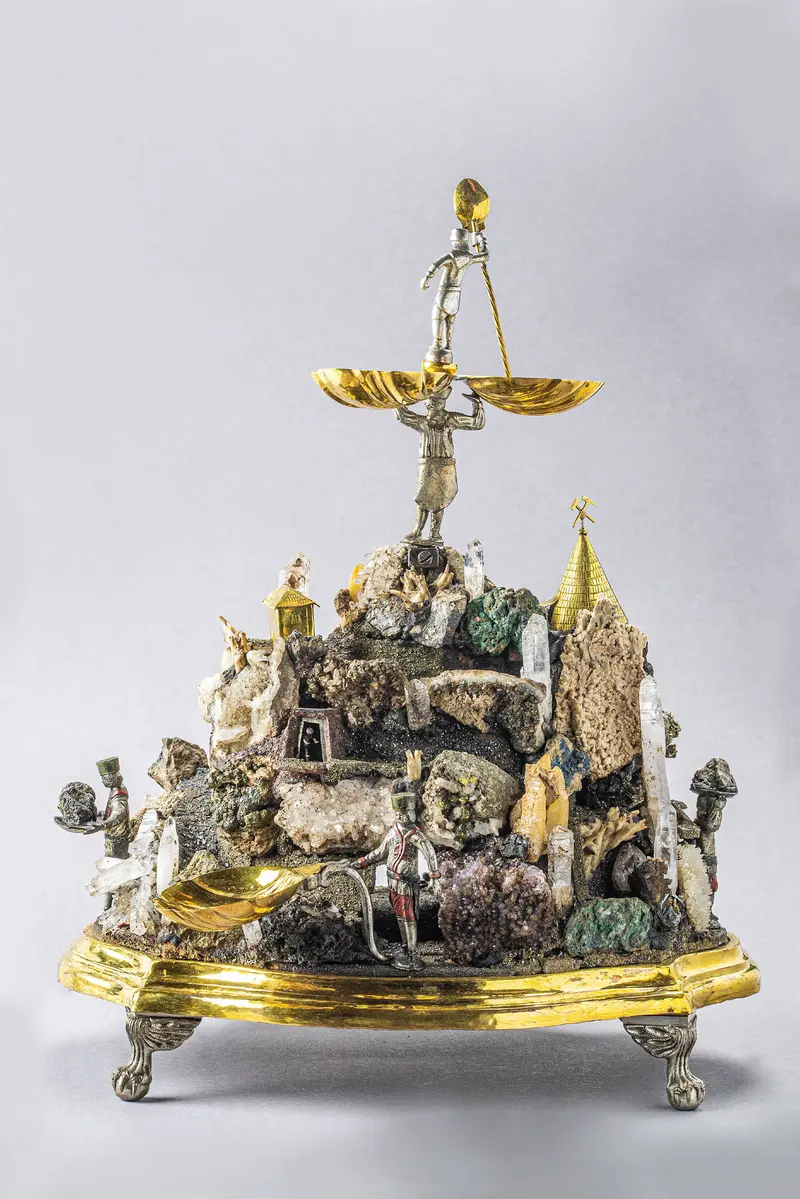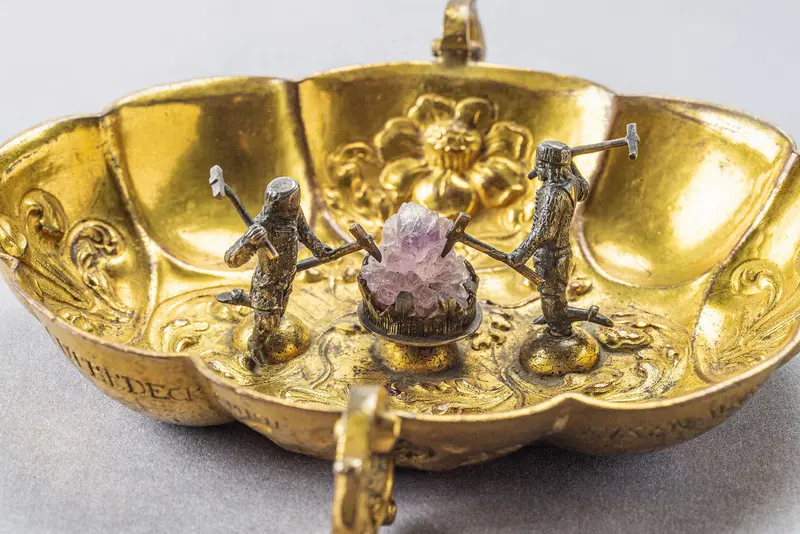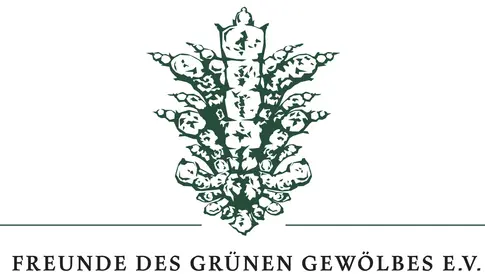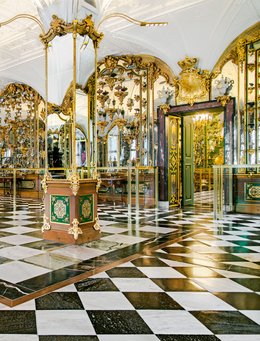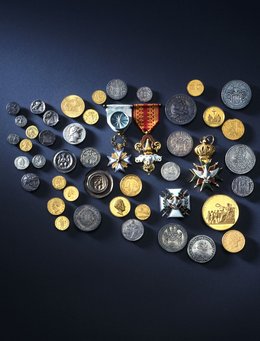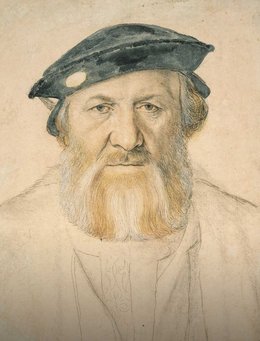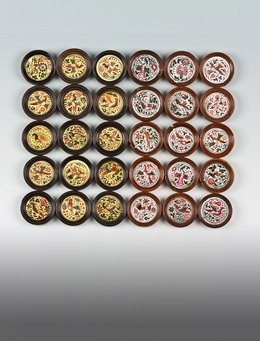Further east
Further east, the Staré Hory Mountains in what is now Slovakia also provided coveted raw materials. More than 400 years ago, miners there made a sensational discovery near the village of Herrengrund (called Špania Dolina in Slovakian): iron tools left behind in the mine water were found to have turned into copper after several weeks. Goldsmiths then used this copper to make small gilded vessels, which celebrated the successes of the miners and became coveted collector‘s items.
They often feature an inscription referring to the seemingly miraculous transformation: ›Iron I was, copper I am, gold covers me.‹
